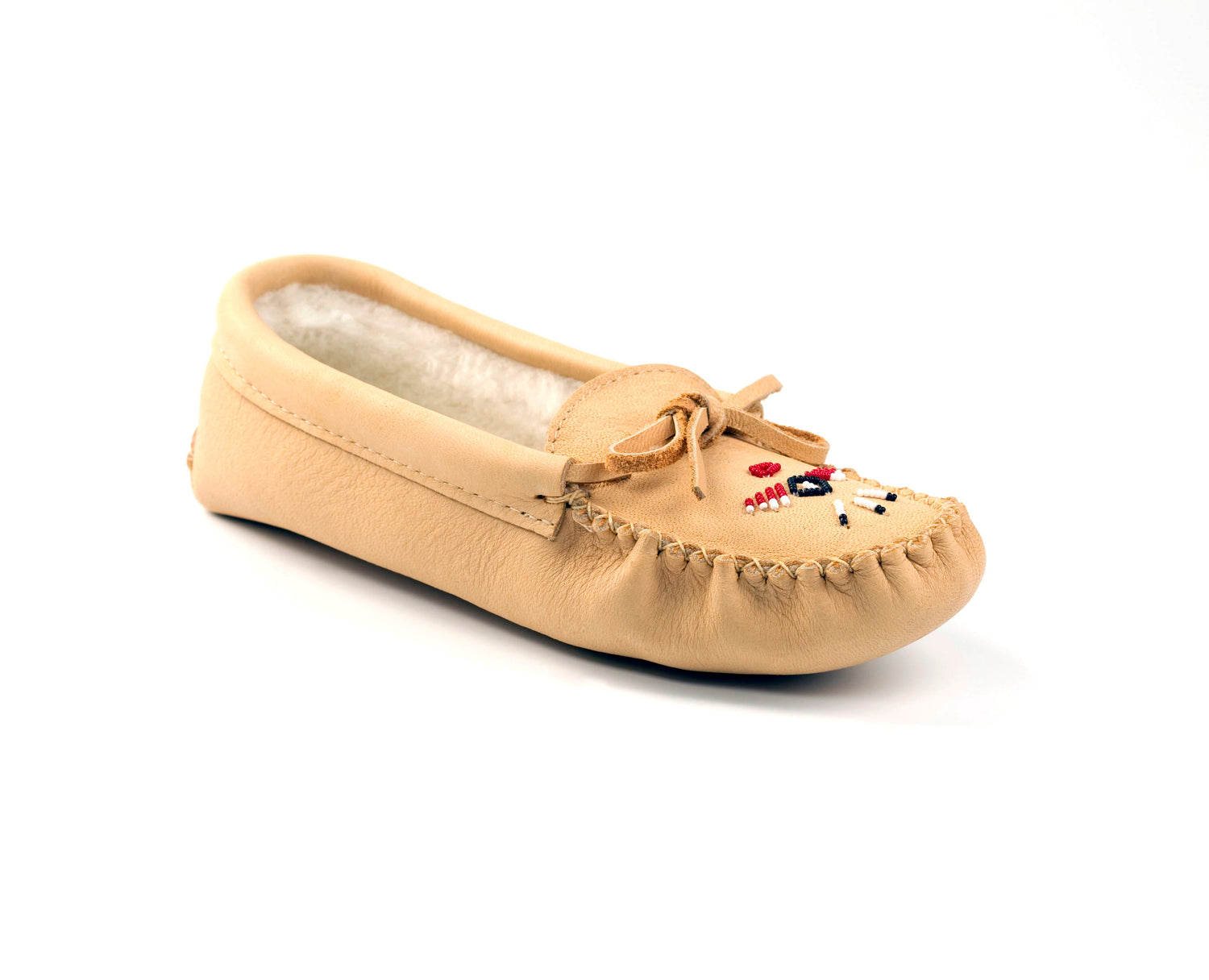
Celebrating the New Year: Diverse Traditions Across First Nations Communities
Share

Celebrating the New Year: Diverse Traditions Across First Nations Communities
First Nations peoples across Canada celebrate the new year in a variety of ways, reflecting the rich diversity of cultures and traditions that exist within Indigenous communities. While some may align their celebrations with the Gregorian calendar (January 1st), many others observe new year celebrations based on their own unique cultural and spiritual calendars.
Key Aspects of First Nations New Year Celebrations:
- Cultural Significance: New Year celebrations often hold deep spiritual and cultural significance. They may involve honoring ancestors, giving thanks to the land and its bounty, and renewing connections with nature and the spirit world.
-
Community Focus: Many celebrations are deeply rooted in community. They provide opportunities for families and communities to gather, share stories, feast, dance, and strengthen social bonds.
-
Diversity in Practice: The specific customs and practices vary significantly depending on the First Nation. Some common elements include:
-
Potlatches: These are elaborate feasts and gift-giving ceremonies held by some coastal First Nations, often to mark significant life events, including the new year.
-
Winter Solstice Celebrations: Many communities recognize the winter solstice as a time of renewal and celebrate with ceremonies, feasts, and storytelling.
- Seasonal Cycles: Some First Nations align their new year with the changing seasons, such as the spring thaw or the autumn harvest.
-
Potlatches: These are elaborate feasts and gift-giving ceremonies held by some coastal First Nations, often to mark significant life events, including the new year.
- Modern Adaptations: While many traditional practices continue to be observed, contemporary celebrations may incorporate modern elements while still maintaining their cultural essence.
Examples of New Year Celebrations:
-
Hoobiyee (Nisga'a Nation): A major cultural event celebrating the Nisga'a New Year, featuring traditional dances, drumming, singing, and storytelling.
- Powwows: While not always specifically tied to the new year, powwows are vibrant gatherings featuring traditional dance, music, and crafts that often take place throughout the year and may incorporate new year themes.
Importance of Cultural Preservation:
First Nations New Year celebrations are vital for cultural preservation. They help to:
-
Transmit cultural knowledge: Passing down traditions, stories, and languages to younger generations.
- Strengthen community: Fostering a sense of belonging and identity within Indigenous communities.
- Promote cultural understanding: Sharing unique cultural perspectives with the wider public.
Note: This article provides a general overview. It is essential to remember that the specific customs and practices of New Year celebrations vary greatly among First Nations communities and does not represent the views or beliefs of all First Nations peoples.
This article aims to provide a brief overview of the diverse ways in which First Nations communities celebrate the new year. It is crucial to approach these topics with respect, sensitivity, and a commitment to learning about the rich and varied cultures of Indigenous peoples.
Further Research:
-
Indigenous Tourism BC: Provides information on cultural tourism experiences, including opportunities to learn about and participate in First Nations celebrations.
- Local Indigenous organizations and cultural centers: Offer valuable resources and insights into specific community traditions.
- Academic journals and books: Explore in-depth research on Indigenous cultures and traditions.
I hope this article provides a helpful starting point for your understanding of First Nations New Year celebrations.
I encourage you to learn more about the diverse cultures and traditions of First Nations peoples through respectful engagement with Indigenous communities and their representatives.



